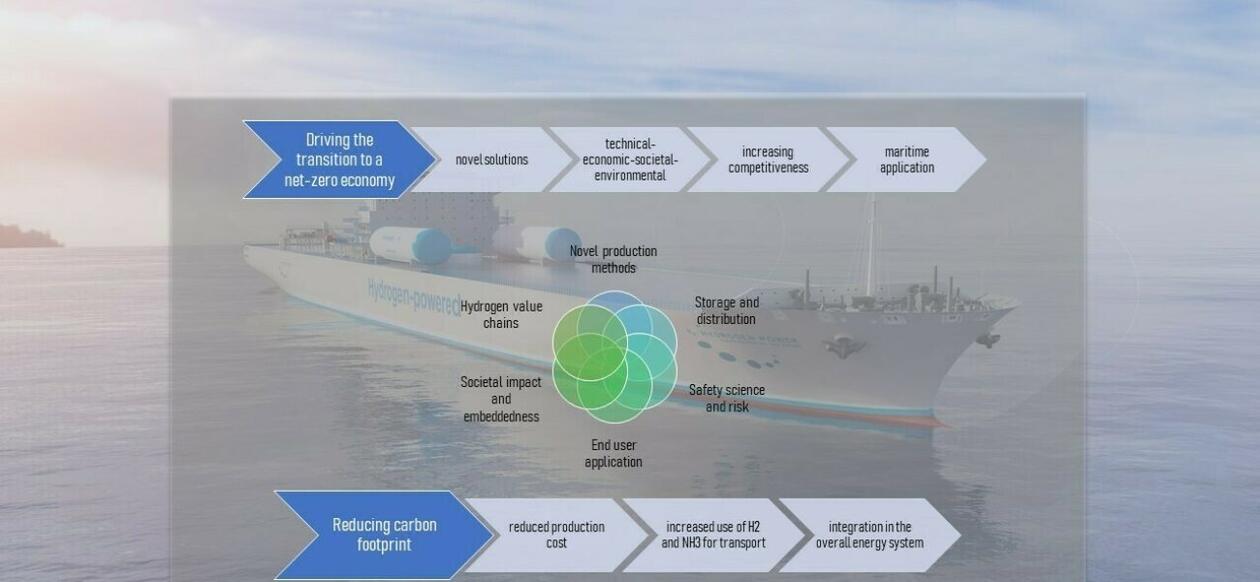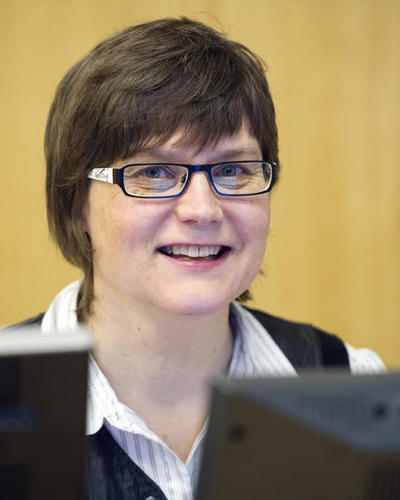Hydrogen and Ammonia on the Agenda
The Norce led research center for hydrogen, HyValue, with UiB highly involved, is awarded as the Norwegian Research Councils new center for environmental-friendly energy! An eight-year project with the goal of developing new methods for greener production, transport, usage, and storage of hydrogen and ammonia.

Main content
In March 2022 two new research centers for environment-friendly energy (FME`s) were announced by the Norwegian Research Council, where the Norwegian Centre for Hydrogen Research, HyValue,were one of the selected. It will be an eight-year long project where HyValue will receive 15 million NOK each year to develop new methods for production, transport, usage, and storage of hydrogen and ammonia. It is a national cross-sectional project consisting of universities, research institutes, public sector and business sector, with main research partnes coming from the west coast of Norway. Due to this, the business sector of which the technology is developed for will be part-taking in the projects itself and contribute to solving and identifying key challenges relating to hydrogen and ammonia advances and creating cross-sectional synergies.
“Hydrogen is at the heart of EU’s new energy strategy RePowerEU and FME HyValue will help building important research capacity”
Kristin Guldbrandsen Frøysa, Energy Director at UiB and member of EERA Executive Committee
The center will address five grand challenges related to the development of a competitive Norwegian hydrogen energy sectors:
- How can we produce hydrogen and ammonia with minimum energy loss and at a lower cost?
- How can we create a safe and resilient transport and distribution system for hydrogen-based fuels?
- How can er develop end-user applications for hydrogen-based energy carriers?
- How can we stimulate investments and build systems with acceptable risk for all stakeholders?
- How can we build public trust and confidence in a hydrogen economy?
An interesting feature of the HyValue research center is the horizontal knowledge chain consisting of different areas of study. In addition to the technological focus, this FME will include the legal aspects of tech-development through the University of Bergen and their Faculty of Law. Regarding this, the center will among other topics investigate public and private contract law, state aid and sustainable business models, legal aspects of sea area usage, in addition to EU-law. This cross-sectional collaboration will lead to a holistic understanding of the challenges of hydrogen and ammonia, lead to a quicker uptake of the developed technologies into business sector, which will again usher the global green transition.
The focus of an FME is as mentioned to create research space for new environment-friendly energy and energy carriers, and the focus for HyValue will be to develop new ways of using ammonia and hydrogen. Hydrogen has already been used as fuel for quite some time, but there is a demand for more effective and efficient developments of it as well as safer ways to transport it as it is highly flammable. A major research topic in HyValue is the development of a one-step production method for green ammonia. Ammonia is not flammable but extremely toxic and has until now been created in a two-step way through hydrogen. Therefore, this research center is important because it will be highly innovative and meet a real demand of the market.
This new center will develop a completely new understanding of the way in which hydrogen and ammonia can be used in society. Instead of creating ammonia in a two-step way the center will work on extracting nitrogen from air and hydrogen from water in a one-step manner to make ammonium. This will be highly energy-efficient, with power coming from green energy sources. One of the critical aspects, and most innovative, will be the development of new catalyzers for the chemical processes, enabling a one-step process. In this research field the University of Bergen is leading in showing the way for the rest of Europe.
To sum up the gains of these centers one will see the development of a completely new green way to produce ammonia, the securing of hydrogen during transport and usage, and the creation of a better understanding of the legal and economic frameworks relating to hydrogen and ammonia.
Based on the interview made with Kristin Guldbrandsen Frøysa on the 14th of March 2022.
Written by Thea Lovise S. Vie














